
Accessible Garden Tips: Create A Space That Everyone Can Enjoy!
Published: 20/12/2022 | Updated: 29/03/2023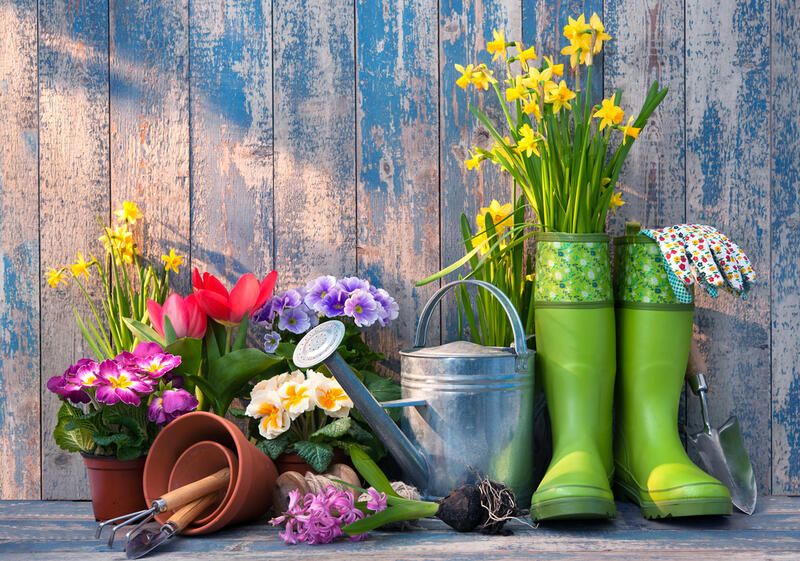
From raised beds to hanging baskets, create a space that everyone can enjoy with our top tips on how to create an accessible garden.


Gardening is a universal activity. Anyone can grow plants, so anyone can garden. Anyone can construct and enjoy gardens and fresh air that are beneficial to their well-being with the correct equipment and knowledge. Consider establishing an accessible garden plan that makes use of universal gardening methods if you share your garden with others.
Accessible gardening combines seven basic ideas to make sure that every level of comprehension and mobility is taken into account in the design.
A garden that is accessible doesn't merely target those with mobility issues or physical impairments. This kind of garden also takes safety, sensory capacity, and age into account.
A garden designer who employs accessible gardening techniques will bear in mind a wide range of mobilities and capacities, prioritizing access and ease of use, to develop a fun and welcoming community space.
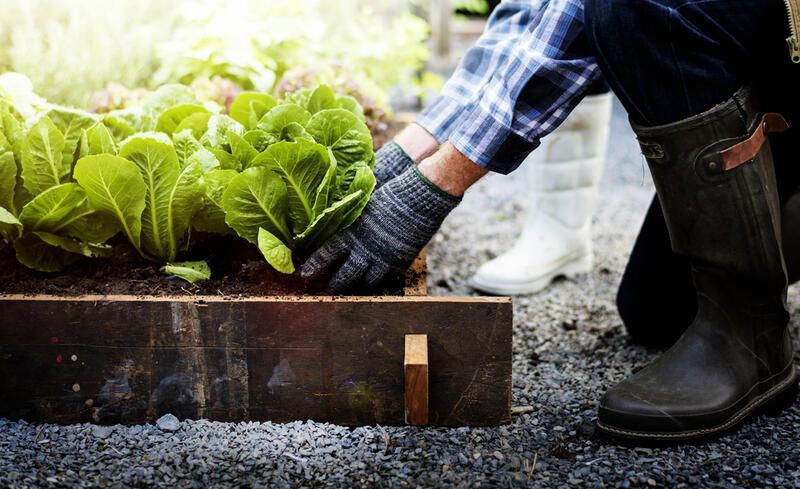
What makes a garden universal?
People of all abilities are welcome in an accessible garden.
A welcoming, inclusive garden is created through a universal design. A universal garden can have beds, a work area, walkways, and elements that everyone can enjoy. It's a place where everyone can have a sensible gardening routine, regardless of their level of ability, by adhering to the following seven criteria:
- Low Effort
- Equitable Use
- Flexibility in Use
- Simple, Intuitive Design
- Perceptible Information, through various senses
- Error Tolerant
- Spacious
Accessible gardens are the way to go, whether you're just curious about accessible gardening or you'd like to give an elderly family member a place of quiet, you should always take your audience into account. This provides you with the ideal framework for designing a garden that accommodates and welcomes all visitors to your yard.
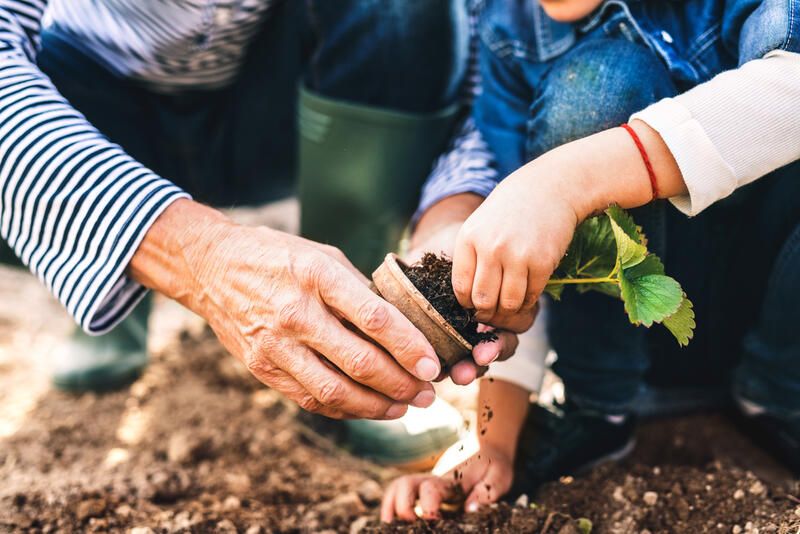
Why Is Accessible Gardening Important?
Anyone who has ever worked in a garden knows how good it is for their mental well-being. Due to the challenges that gardens bring, those who frequently carry a lot of equipment about, such as those who use wheelchairs, have less access to gardens.
Pathways can be made of a material that makes it difficult to move around.
It may be difficult for blind people to navigate a garden area without clearly marked paths and audible clues that point out the locations of structures.
You might decide not to enter a planting place if you already suffer from physical constraints.
This is where an accessible garden comes into its own. With elements like ample seating, weight support, equipment storage, and easy access to plants, no one has to struggle.
Whether you are a professional green thumb or just want to grow a couple of ornamentals in your front yard, everyone can enjoy the benefits of an easy-to-use garden.
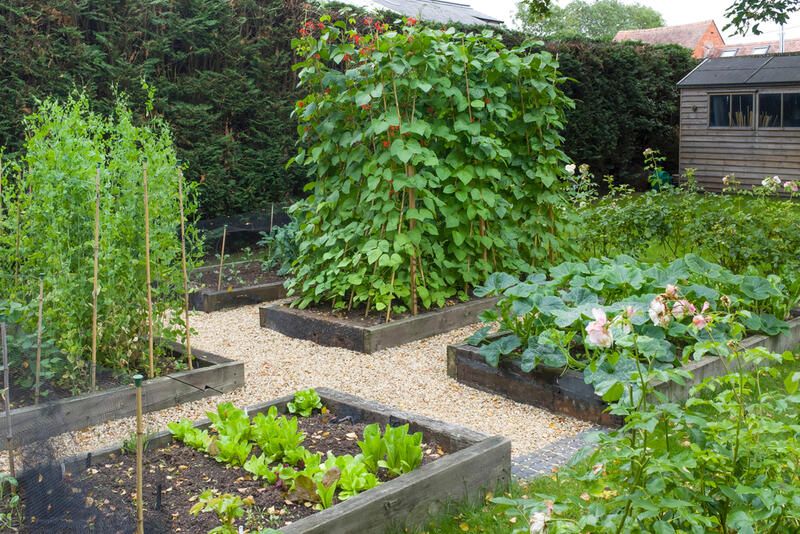
Creating a Universal Garden
Create inclusive settings that welcome users of all ages and abilities.
What should a person keep in mind when gardening with accessibility in mind? Read on for some of the elements to consider when putting together an accessible garden design.
Equitable access
While certain gardens will focus more on addressing particular accessibility or mobility issues, a true universal garden should benefit visitors of all abilities.
Raised beds can be placed at a level that a wheelchair user can easily access.
Flexibility of Use
If we stick with the raised beds for a moment, we can appreciate how they can accommodate users of various heights, from wheelchair users to kids.
A raised bed can be made accessible to people with all ranges of motion by using tiers. An elderly person can relax briefly before moving on to another garden area thanks to a tiered bed and a nearby bench.
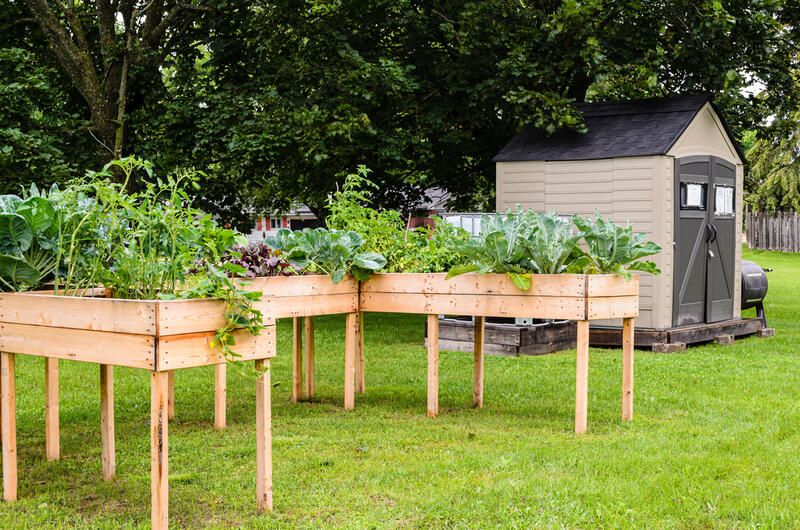
Simple and Easy to Use
All visitors should be able to easily understand the garden's design. People who don't speak English, for instance, might not appreciate a garden with exclusively English-language information boards. Instead, a universal image might be used in an accessible garden design to convey information. By including universal signage, the garden's overall layout and intent are made clear to everyone.
Easily Perceptible Information
An easily accessible garden makes it simple for both visitors and gardeners to obtain the information they need.
They continue to do this even in noisy environments or when a person's sensory abilities are not "average." Someone with limited or no vision will be alerted to an impending change in the terrain through the use of various pathway textures.
For those who have little or no vision, windchimes can signal a barrier.
Allowing for Error
An accessible garden space should allow for user or gardener error.
A pathway with wide curbs on either side, for instance, will provide gardeners with a clear idea of where to go and makes it possible for someone using a wheelchair or cane to explore without worrying about slipping into a raised garden bed or compost pile.
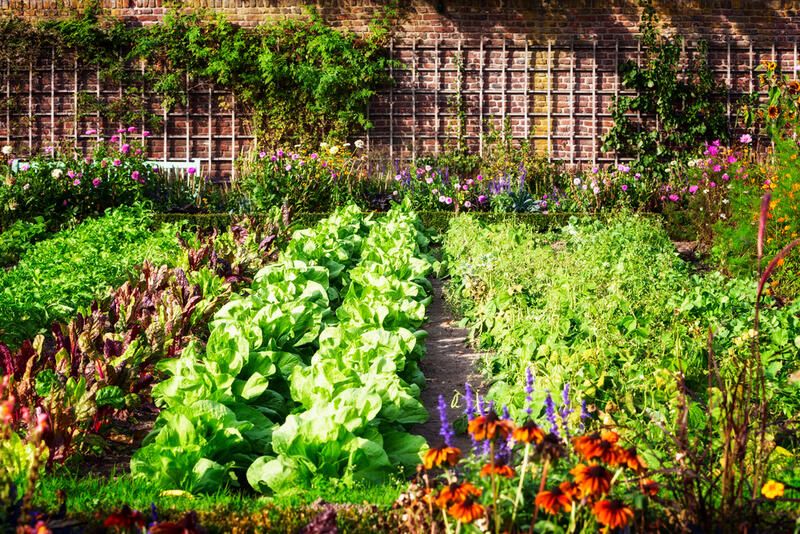
Minimal Physical Effort
Adapt your space and gardening tools to your mobility.
Anyone can navigate an accessible design, even those with limited mobility.
Paths, tools, and features in accessible designs all include features aimed at reducing mobility difficulties.
One such instance of a low physical effort design is automatic doors that are big enough to fit wheeled equipment.
Room to Move
Every visitor to an accessible garden should have an equal ability to explore, manipulate, and reach various portions of the planting area, regardless of body size, posture, or mobility.
For instance, people in wheelchairs should be able to move to plants with ease along large paths rather than having to struggle through areas with various ground textures and levels.
Planter Beds
A badly designed garden can make gardening chores painful. With multiple heights and designs, planter beds are some of the most inclusive places to grow your plants.
Raised beds go beyond the typical wooden or metal frames that you fill with soil and grow vegetables making cultivating healthy vegetables a piece of cake.
They also work well as hanging baskets. Concrete blocks stacked on top of one another also make an excellent raised bed that is simple to move.
One of the best areas to plant and grow veggies may be on a table bed, especially if your plan is geared toward those with smaller frames or those who use wheelchairs to get around.
A wheelchair user may face the garden directly rather than needing to twist their body to work with the plants and the soil thanks to the recessed underside.
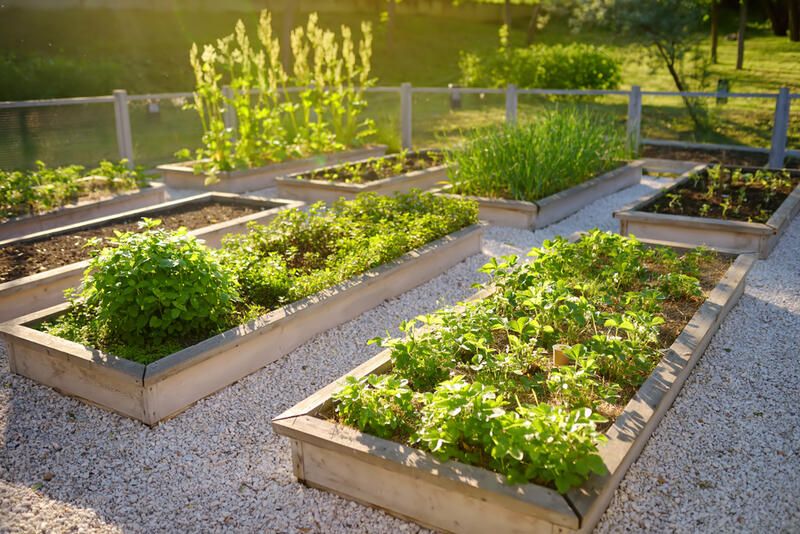
Wide Pathways
People in wheelchairs move around most easily on broad walkways.
Consider the width of walkways between raised beds and containers when planning and designing a garden so that all aspects are easily accessible. They should be at least 5 feet wide.
You should also think about the materials used to build your pathway.
People who use crutches, walkers, or wheelchairs to travel around can easily access surfaces with smooth textures.
In terms of designing interconnected pathways, aim to connect routes logically so that anyone standing, sitting, or moving around on them can perceive and navigate them easily.
Easy-to-Use Tools
Designers should take into account the equipment present in the garden, this includes tool storage options as well as the tools themselves. Containers should be big enough or small enough to allow access to everyone. Look for flexible instruments that can be used without a lot of bending and stretching. Consider self-watering containers if you have trouble with watering.
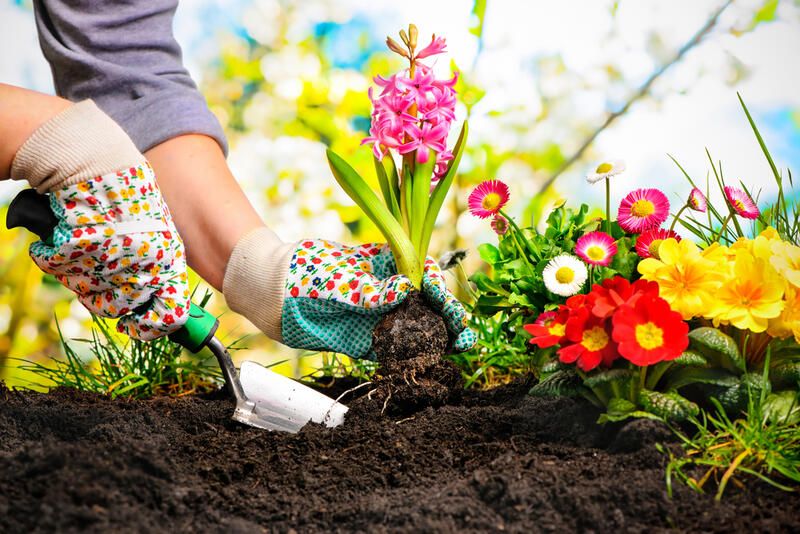
Accessible Irrigation
Gardening involves a lot of watering. It is important to build irrigation systems around gardens with user-friendliness and convenience in mind.
Hoses work well for this, but hoses can be a tripping hazard, so to keep them out of the way, wind them into hose holders or place them inside raised beds and containers.
Make sure the hose extension permits the person watering to reach the soil or the plant that needs watering if you are not on an automatic system.
Make Use of all the Senses
Those with limited sight and hearing require additional sensory input to navigate the garden. Wind chimes work wonderfully to indicate borders for those with limited sight.
Alternatively, the scents and textures of various flowers can help guide those with limited hearing.
Not only will taking all of the senses into account make your garden more accessible, but it will also contribute to creating a space that is welcoming and a delight for all, helping you on your path to becoming a master gardener.


